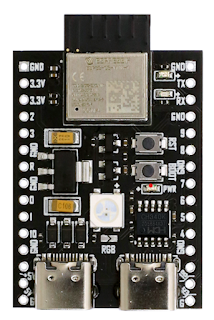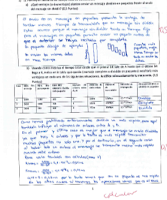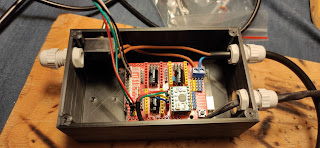Babysitting ChatGPT
After my initial excitement with chatGPT, I have been trying to use it in the real world. I needed to plan a certain programming task and I was expecting to get it done quickly and easily with the help of AI, but the result has been quite different. The first big problem is that code tends to get cut with no warning sign. You get a snippet of code where part of it is missing. Sometimes it is more evident than others and when you mention that in the chat, the machine goes back to produce another snippet that many times is cut again. Not so smart or efficient. The only workaround I have found digging in the OpenAI discourse forum is to report the last line of the output so the machine can continue with (hopefully) the rest of the code. That approach seems to work better as I guess the culprit is the limitation of the maximum length of the output code. But the next problem is the code generated did not work. Sometimes the reason was quite evident like they are trying to use a d...






